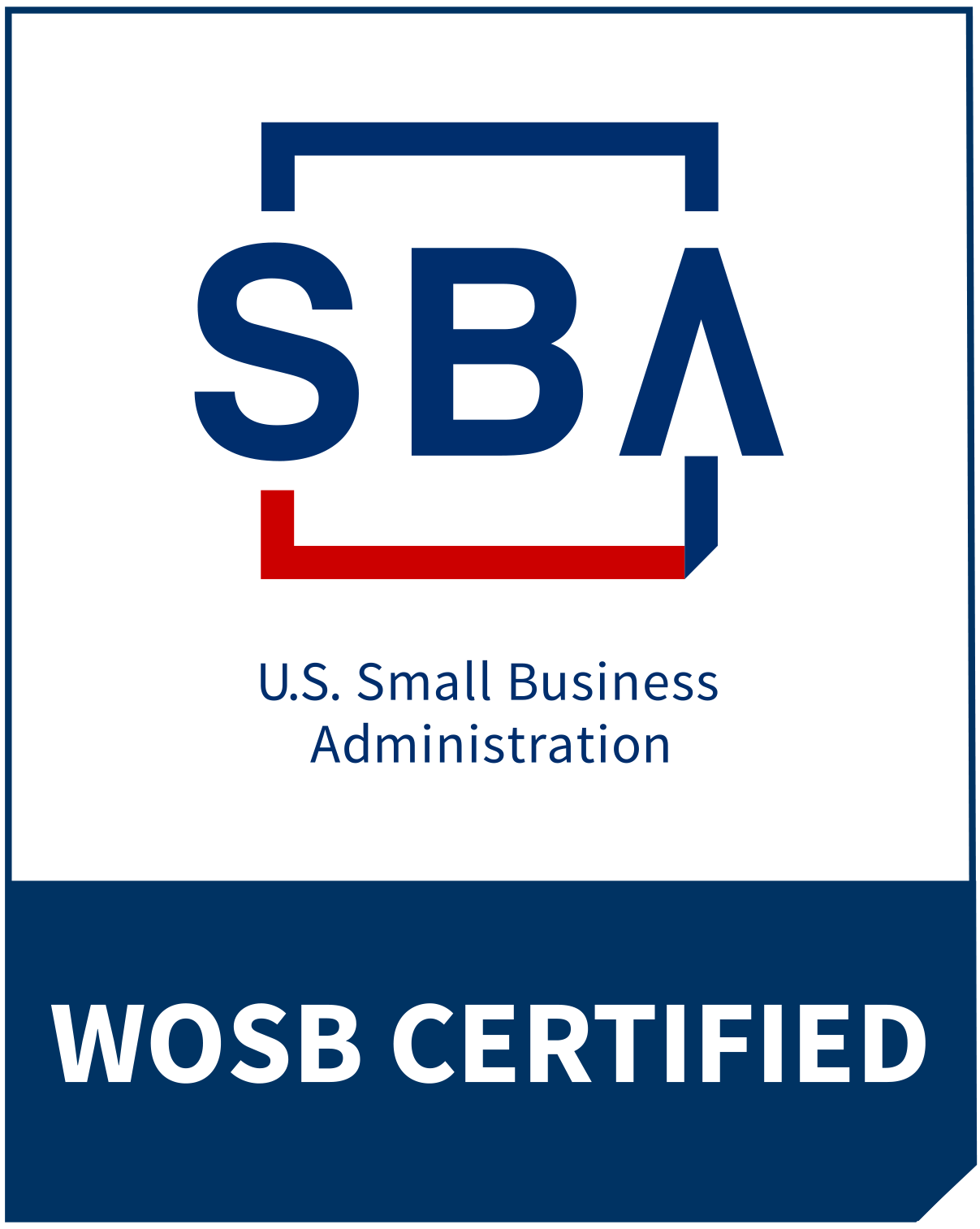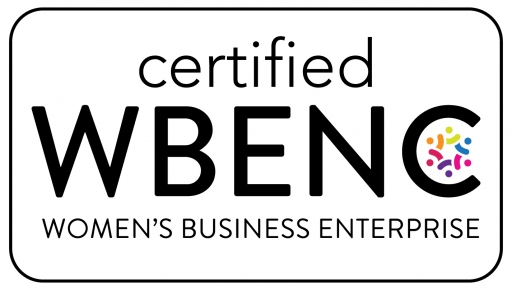
We hear a lot of discussion about innovation. We participate in a lot of discussion about innovation. And, we hear a lot of hypotheses and beliefs about innovation. Some of them, we agree with. Some of them, we don’t. In any case, here’s a quick list of 5 counter-intuitive things we know to be true about innovation.
1. To deeply understand, you don’t need deep pockets. There is a wide-spread belief that to deeply understand your customer, you need to spend a lot of money on market research, and do a lot of fancy statistical analysis. Our experience however, is that to deeply understand customer needs (which are the key to finding opportunities to innovate), you don’t need more money, you need more time. Understanding customers, or employees, or processes or whatever you want to understand in order to look for innovation opportunities requires you to take the time to observe — to deliberately look and listen. Clearly, there is a time and place for more quantitative market research, but often the best learning comes from less intrusive methods. We wrote about the importance of insight awhile ago, and will certainly write about it again. Practically speaking, we need to get out from behind our desks and get to know our customers and consumers. It won’t consume much of your budget, but it will require a time commitment. The tradeoff is well worth the investment.
2. It’s not really everyone’s job. If we had a nickel for every time we hear “Innovation is everyone’s job….” This is one of the most mis-understood concepts around innovation. Yes, everyone can contribute to innovation. Everyone can come up with ideas. But, when innovation is everyone’s job, it’s essentially no-one’s job. It just doesn’t drive progress. Developing and driving ideas through to execution is not something that can be done in 10% of someone’s time; and it does require a core set of skills. For more, see our post on why 10% is never enough; and the seven skills of inside entrepreneurs.
3. The most experienced people don’t always have the best ideas. In fact, we’ve found almost the opposite to be true — in two ways…First, the most experienced folks are the most likely to say “we’ve done that before and it didn’t work.” (Which, by the way, doesn’t always mean that it won’t work NOW). Second, they are the most likely to be unknowingly mired in paradigms, patterns and habits that are difficult to break through to get to innovative new ideas. Now, this doesn’t mean that experienced folks don’t have good ideas, but don’t overlook the younger folks in your organization. They are often brimming with paradigm-busting new ideas. They are eager to share them, and will feel rewarded when welcomed into the process of coming up with new ideas.
4. A portfolio of small and big bets is better than one BIG bet. Not every innovation you pursue has to be the next million dollar idea. Often, making smaller tweaks to your current offerings, or finding incrementally better ways of running your business result in big impacts to your top and bottom line results. And, this portfolio approach enables you to smartly mitigate risk, manage investment and nurture a culture of innovation. Countless stories are told about the BIG bet that an organization took that failed…and the difficulty of getting any subsequent innovation developed and qualified enough to make leaders feel confident beyond any doubt that it will be successful…big failures can leave scars if they aren’t surrounded by successes. Equally paralyzing, perhaps surprisingly, is the impact of the one BIG bet that was wildly successful. Suddenly, teams are reluctant to bring ideas forward for fear that they won’t be nearly as successful as the last big win.
5. Changing course is correlated with success. In many organizations, the concepts of tenacity and perseverance are mis-used. Tenacity and perseverance are all about keeping our eye on the end goal. In the case of innovation, the end goal is to deliver value in the form of learning, profit and/or volume. If we subscribe to that definition, then the course we take to get there is far more likely to change over time than to stay exactly as we planned. Roadblocks, barriers and failures can all be seen as excuses to shut down a project. But, if the innovation is focused on delivering against a real customer insight, then we owe it to our organizations to be willing to change course. Most often, these roadblocks are opportunities to learn and optimize our innovation initiative. The best success stories we’ve heard from countless innovators involve (often multiple) course changes.
So, there you have it. Just a few of the counter-intuitive truths we’ve learned about innovation. We’d welcome additions to our running list. Please feel free to share truths you’ve learned, especially those that seemed to go against conventional wisdom.
Photo licensed under Creative Commons 2.0 via Flickr user: Stew Dean
The Garage Group teaches and enables corporate teams to innovation like startups with fast, agile and effective approaches to insights and ideas. Contact us for more information or to discuss your innovation challenge.


